Electric streetcars did not have an auspicious beginning in Durham. Mule- and horse-pulled streetcars had been part of the Durham transportation scene since 1885, but utilizing electricity was quite a new endeavor when the Durham Traction Company purchased the streetcar franchise from the Durham Street Railway Co. in 1901.
The inaugural run, in May 1902, was set to carry passengers to a baseball game at the Lyon Park. The cars were filled to capacity and got started, but the electric plant broke down. The Durham Traction Co. had to bring the horses in to pull the streetcars the rest of the way.
In June, they gave another go, this time to coincide with Trinity College's commencement, and this time things ran smoothly.
What was less auspicious for the long haul was that the first car owner in Durham purchased his Stanley Steamer in 1901, before the electric streetcars began running. But for the early part of the 20th century, the electric streetcar was the dominant form of transportation in Durham, feeding linear development along Mangum St., Chapel Hill St./Kent St./Chapel Hill Rd., Angier Ave., Main St., and Holloway St.
Lakewood Park, opened in 1902, was a particularly popular destination at the southwestern end of the line. Cars would be packed with people coming to swim and ride the amusements, watch movies, fireworks, and orchestras during the summer in a 'vacation' from other parts of town.
[These are only the streetcar lines that I know of - there may have been others.]
The streetcars, when not in service, were garaged at a facility in 600 block of East Main St.
Trolley barn, 1910.
The conductors, 1914:
Seated, left to right: Lee Reams, Frank Lyon, JT Woods, A. Sparrow, WB Clements, Edward Blalock, Clifton Whitfield, Philip Strawn, Fowler Scott, Fred H. Avent, Paul Stevens, WH Hamlett.
Standing, left to right: George O'Neal, DB Adams, Charles Johnson, Robert Morris, RA Tippett, Calvin Poole, HE King, JF Daniels, Joe E. Whitaker, RM Ayers, Tom Allison, James Pearson, Kirk Goodwin, John Adams, AW Woodall, WT Snipes, ST Hare, Ulysses Penny.
Trolley, 1915
During the late 1910s/early 1920s, the streetcars were upgraded to a new style. These remind me of the Perley-Thomas streetcars that still run in my hometown of New Orleans. Perley-Thomas was based in High Point, NC, so it would seem a logical source for Durham to utilize.
A close view of a streetcar leaving the facility, looking northeast, 1920.
(Courtesy Duke Archives)
Looking northeast, ~1920.
(Courtesy Durham County Library)
Looking west down East Main St. - the streetcar is in front of the Carpenter Tip and Trim Shop / Womble Pharmacy, next door to the streetcar garage (the garage would be past the right side of the photo).
(Courtesy Durham County Library)
During the period between 1902 and 1920, the electric streetcar thrived, however, nationwide, that other inauspicious note had taken hold - the automobile. Declining ridership, and the advent of bus transportation caused the phasing out of streetcar transportation in almost all American cities.
James Alonzo Thompson, superintendent, is at the center.
(Courtesy Rod Mullen)
The streetcar garage was converted to a bus facility as the streetcar service was terminated in 1930.
Above, looking northeast, 1930s.
(Courtesy Durham County Library)
The streetcars did not meet a kind fate.
(Courtesy Durham County Library)
Buses were stored and serviced at this facility.
Up on the 'lift'.
(Courtesy Durham County Library)
This facility continued operation into the 1960s.
The remainder of the block has been an early residential area that became mostly commercial by the 1920s.
607-611 East Main, the bus garage, looking northwest.
These structures were all demolished by the city in the late 1960s, using urban renewal funds. Elizabeth St., as noted, was re-routed to the east to connect with the re-routed Fayetteville St.
I believe that this was playground space for the public housing complexes to the north and west (Liberty St. apartments and Oldham Towers). By the late 90s, it was empty green space.
In 2005, another investment of Federal funds brought about the construction of new apartments on this block through the HOPE VI program.
Looking northeast, 2007.
Looking northwest, 2007.
The former corner of Elizabeth and East Main Sts. (site of the Womble Pharmacy) - looking northeast, 2007.
It's the kind of investment this neighborhood needed after the mistakes of the 1960s - good streetscape design that houses low-income families without the stigma of cheap-looking housing.

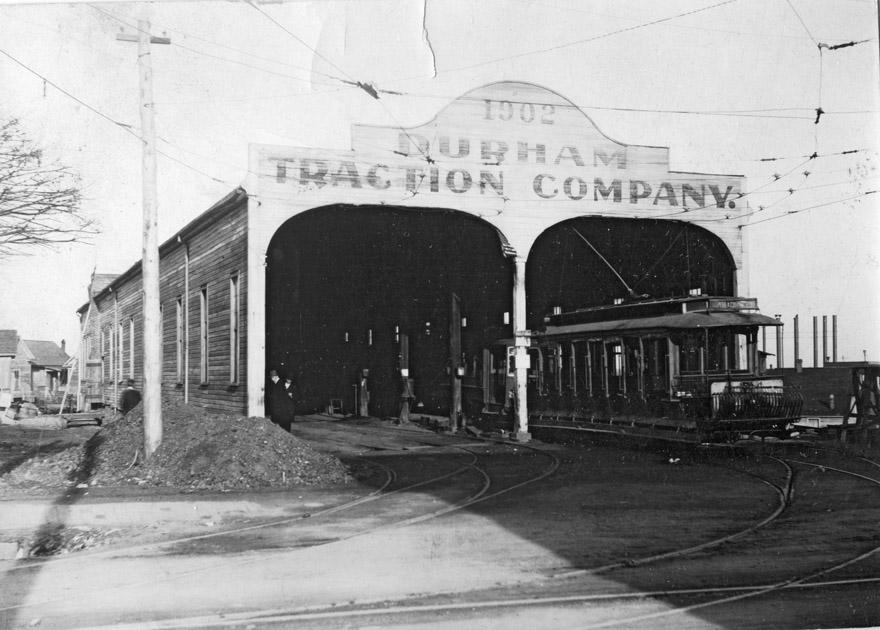
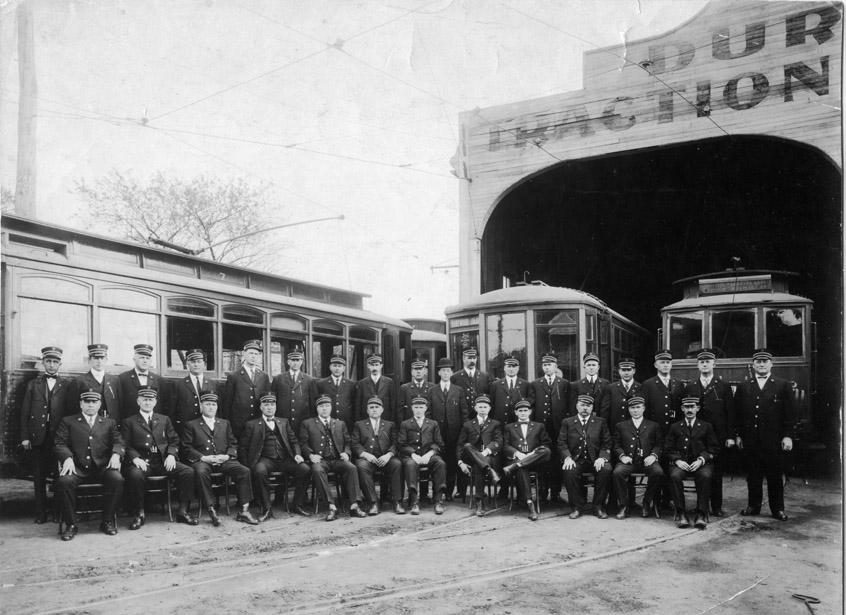
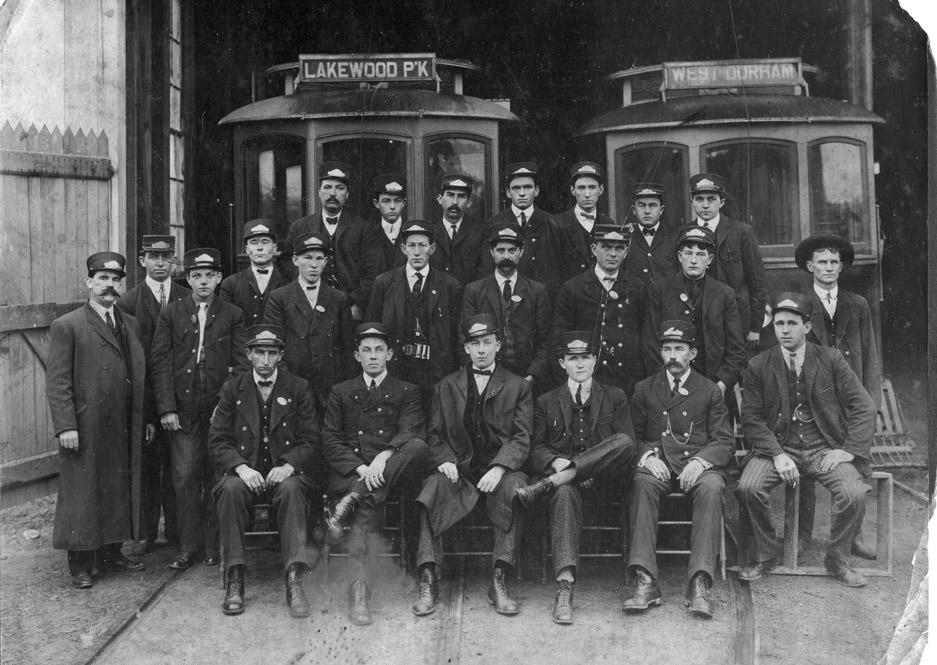
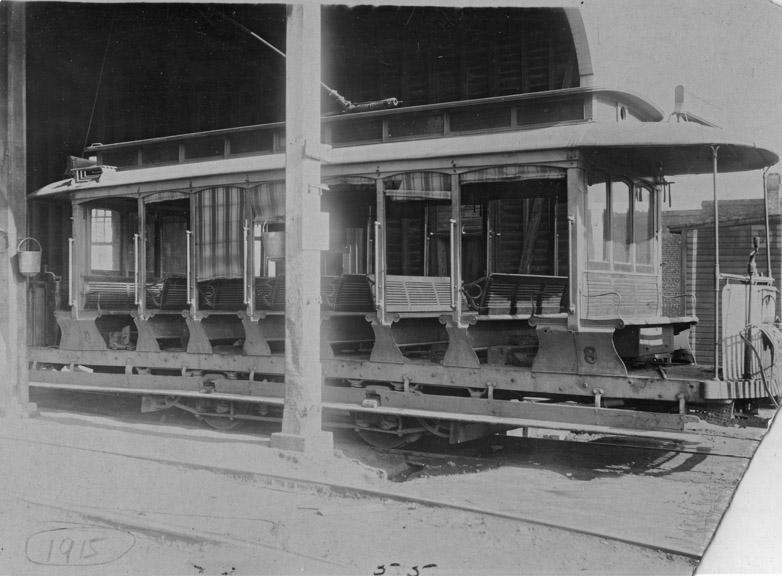
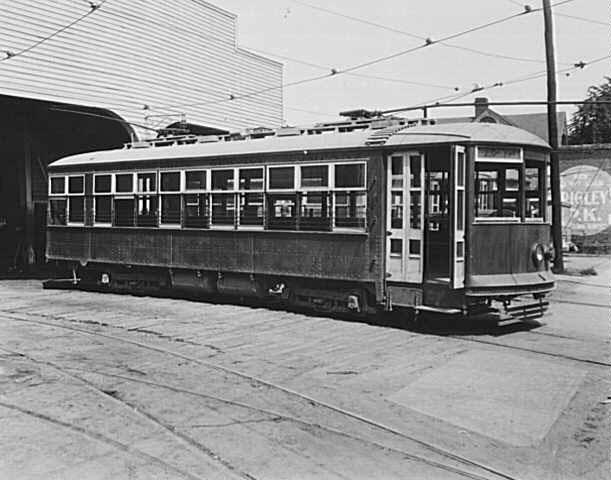
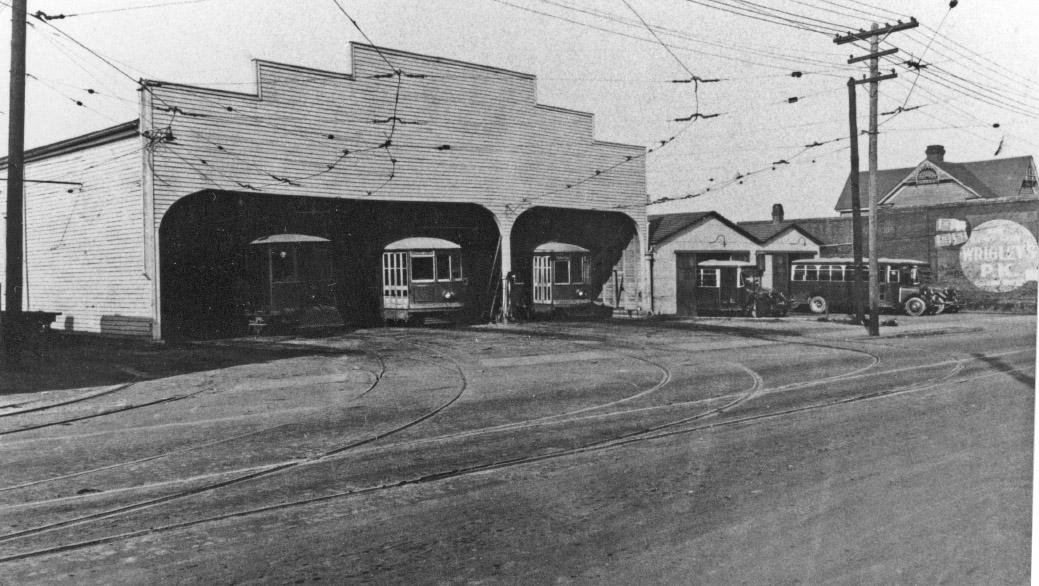
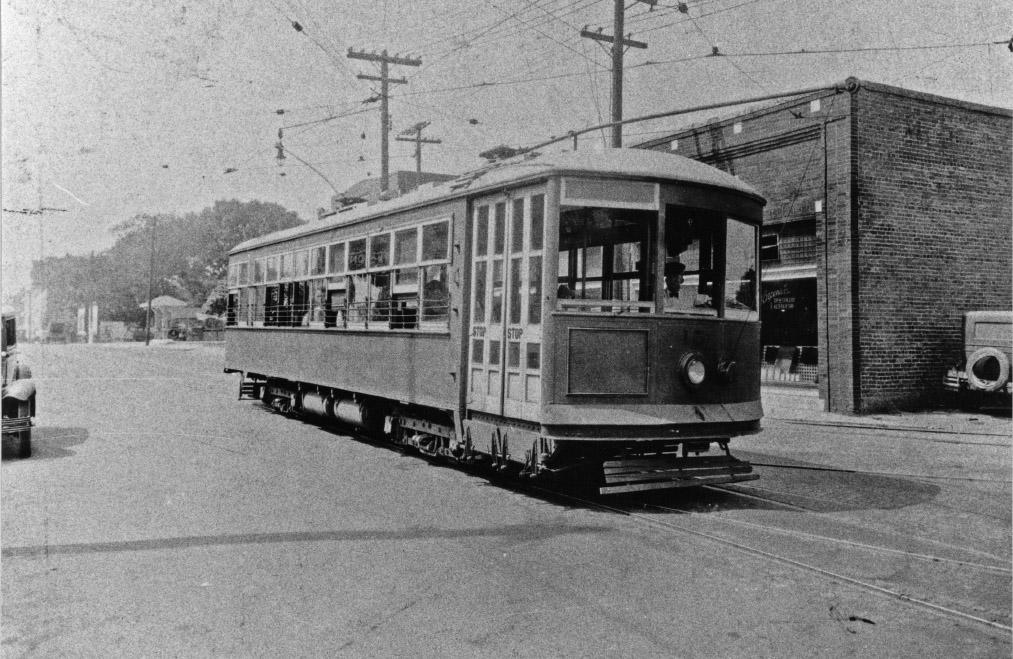
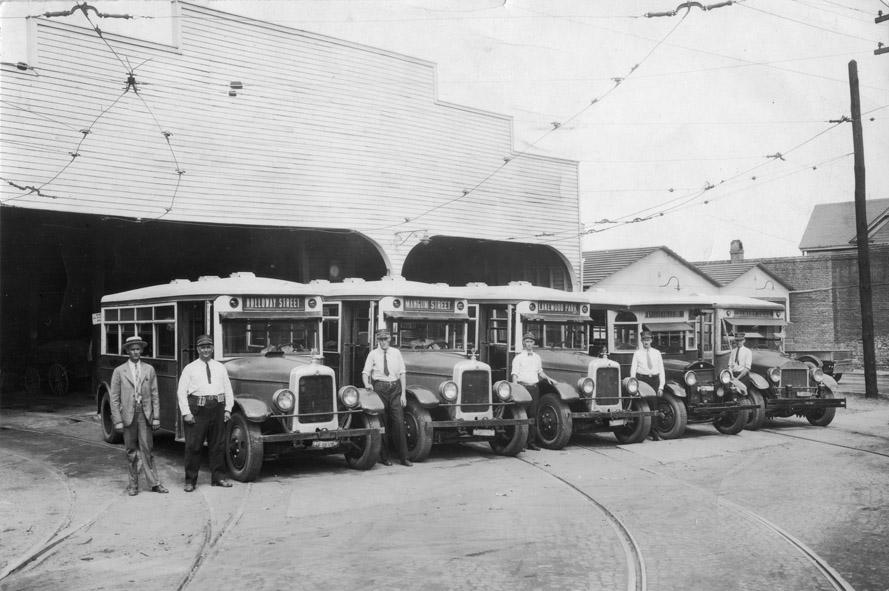
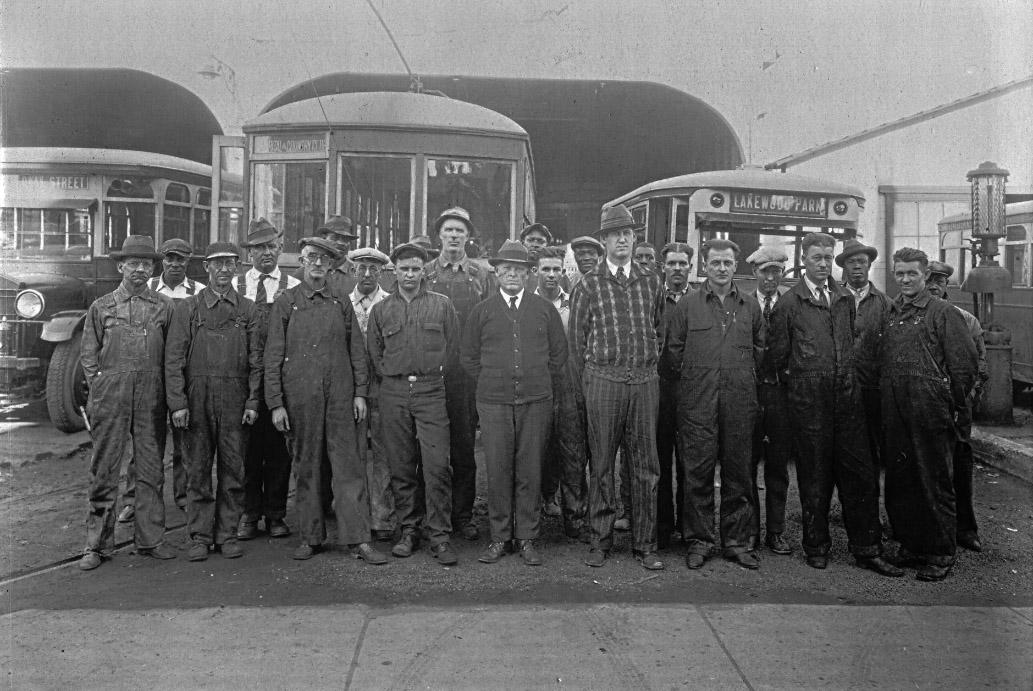
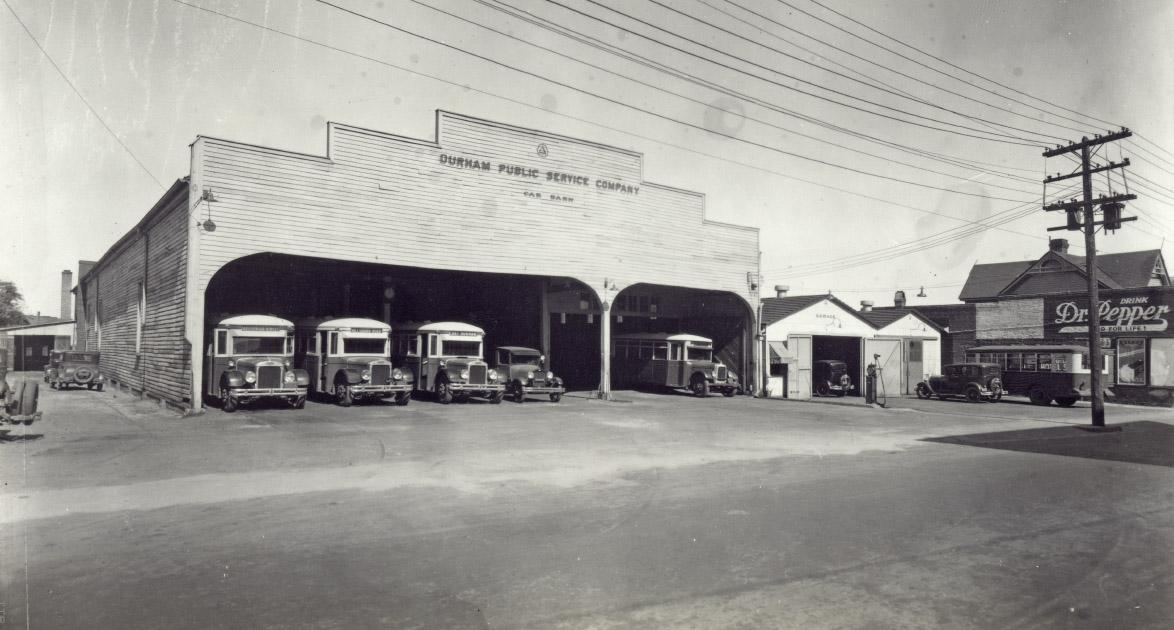
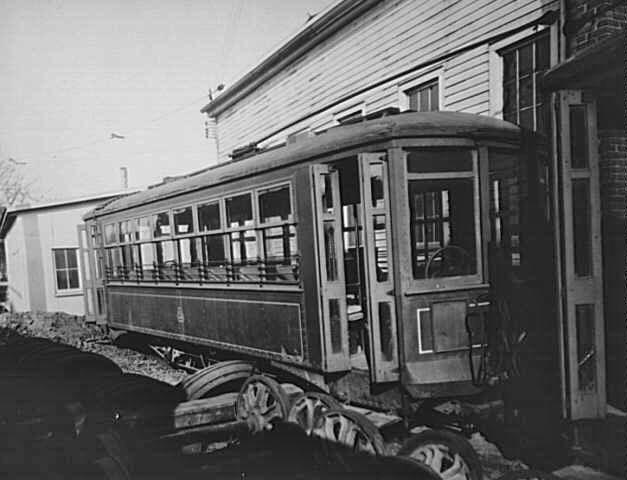
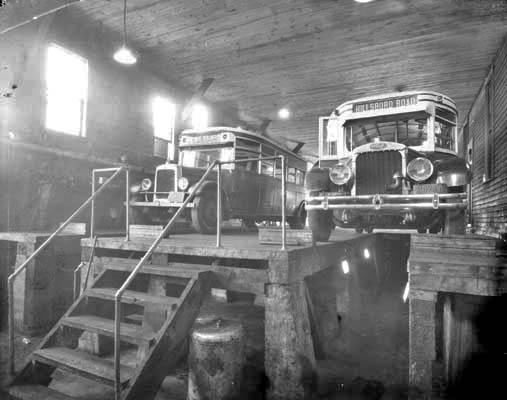
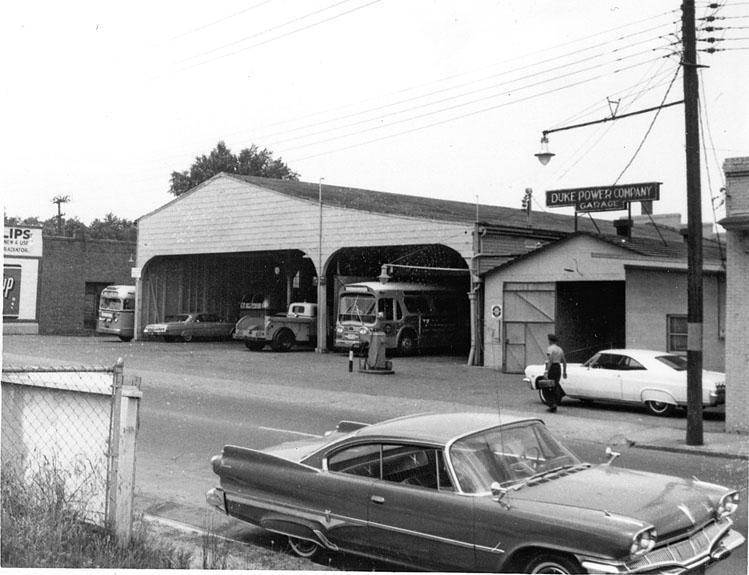
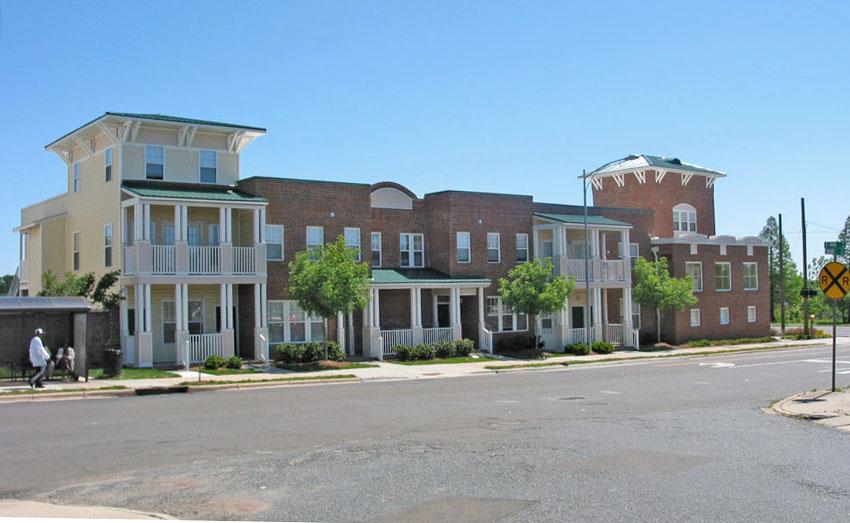
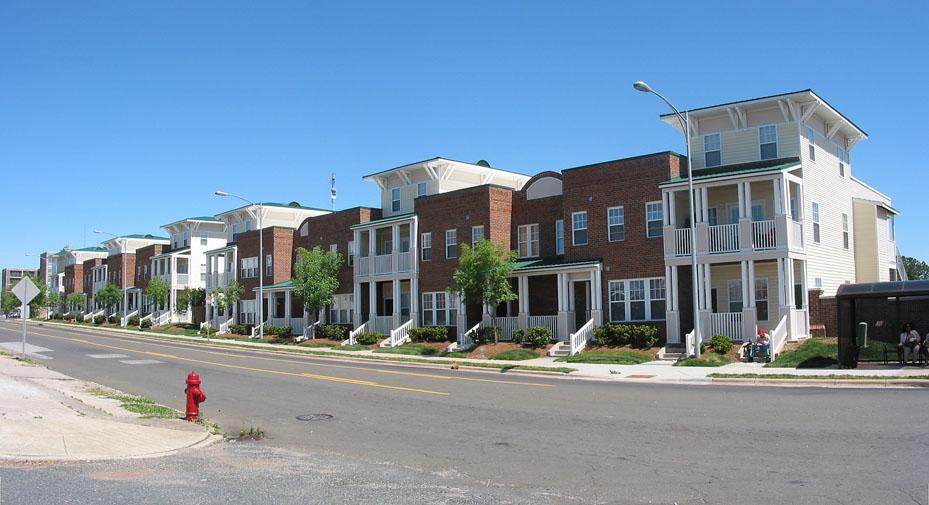
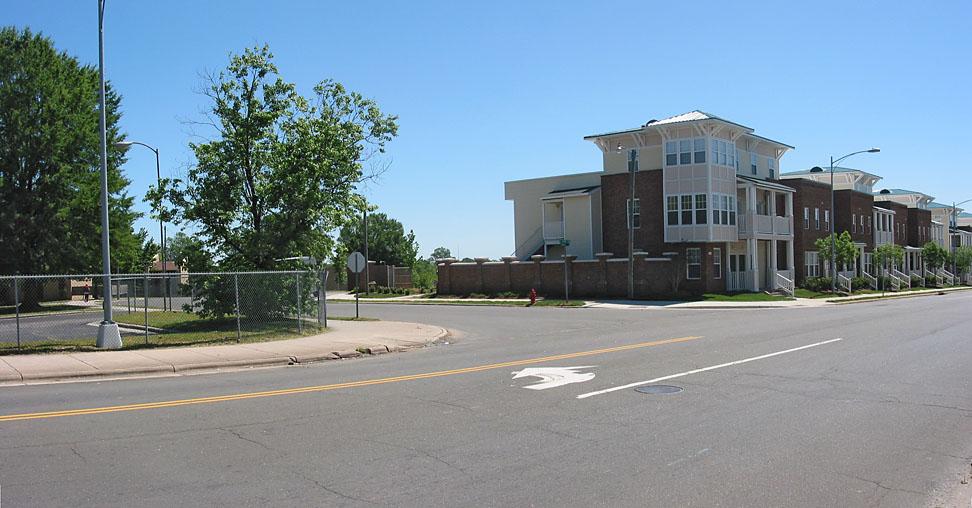
Comments
Submitted by Barry Ragin (not verified) on Wed, 5/9/2007 - 3:04pm
What i wouldn't give for a good streetcar system in Durham. Say, on Duke and Roxboro Streets between North Duke Mall and Brightleaf/DBAP respectively. And an east/west line from the library to Ninth St. on one side, and east to Miami Blvd.
Submitted by Gary (not verified) on Fri, 5/11/2007 - 2:00am
It would be nice, wouldn't it? I don't quite understand why we need to go TTA crazy in order to accomplish a bit of rail. Why not just buy some cars that work on the same gauge as our rail line and run 'em between Ninth St. and Driver St.? (or wherever.) I know that getting the railroad to agree to share is night impossible, but New Orleans did exactly this along the riverfront back in the late 1980s.
GK
Submitted by Michael (not verified) on Fri, 5/11/2007 - 5:04pm
I know that NSX is being a bunch of bitches, but a simple standard gauge car that looped around the Duke Loop would serve a lot of key areas. (Not me, but it would still be cool.)
Submitted by Gary (not verified) on Fri, 5/11/2007 - 5:33pm
Michael
No doubt. I wish American Tobacco (Ambacco, in deference) had used that rail car they bought to run some promo runs between West Durham and downtown. Ideally, I'd love to see the Duke Med Center spur utilized to bring rail into the northern edge of West Campus. Want to talk about a way to bridge the Duke-Durham divide? A cool old rail car sidling up to West Campus for Bulls games and the like would certainly help.
(BTW, in my previous comment, I meant to type "nigh impossible." While night may also be impossible, editing comments for spelling errors is certainly so.)
GK
Submitted by Michael (not verified) on Fri, 5/11/2007 - 9:28pm
I think if any kind of rail connection makes it into West Campus, it's going to be in the form of the electric people mover that runs between the hospital and the clinics now. In the past I've advocated for Duke to extend that thing towards the end of the Academic Quad, and on the other end extend it out underneath the freeway to a station on the existing tracks, rather than building a whole new bridge and rail line across.
I think the current executive VP would paint himself Carolina blue before allowing passenger rail cars to get that far into campus. He seems to hate them with some kind of irrational passion.
(If I wasn't clear earlier, what I meant by the Duke Loop was the spur that runs from Liggett over to Golden Belt, between OND and Duke Park.)
Submitted by Gary (not verified) on Sat, 5/12/2007 - 3:18am
Michael
I know you're right - just seems like the kind of tangible connection that Duke really needs to make if it is serious about bridging. I found the whole fiasco about the TTA station really galling.
I did realize that you were referring to the Beltline - which I think is a cool idea, and I seem to remember reading that there was enough room in the ROW for both a trail and rail. It is more of a neighborhood to commercial connector, vs. the small-commercial-center connector that I was more envisioning.
GK
Submitted by Anonymous (not verified) on Wed, 5/16/2007 - 8:16pm
And you know the funny thing is? not that long ago, it was playground space.
Submitted by Anonymous (not verified) on Thu, 5/17/2007 - 3:32pm
Nice post. I work in the Lakewood Park area, and have always been interested in its history.
By the way, FYI, one of the original Durham streetcars is being stored (or "semi-preserved") at Daniel Boone Village in Hillsborough. It's even got its "Lakewood Park" sign still on it. It's around back behind the blacksmith shop.
Check it out.
Submitted by Gary (not verified) on Fri, 5/18/2007 - 2:18am
Anon
Wow! I had no idea that there was an original streetcar left around here. I found a picture after doing this post of them being loaded to trains to be taken to Toledo, OH. Maybe if we ever get a history museum, we can get the Daniel Boone place to at least lend us the car - it would make a great exhibit.
Photos and info on Lakewood Park seem surprisingly sparse, given how popular in seemed to be. As with all photos I run across, I hoard them all until I get a chance to do that spot - so I have a few stored up of the park. But they aren't great - I'd love to find one that showed the park with the streetscape of Chapel Hill Rd. in the background.
GK
Submitted by JDC (not verified) on Wed, 7/25/2007 - 1:15pm
I sketched out a pipe dream streetcar line on Google Earth. It runs along Main Street in mixed traffic from Alston Ave, past Golden Belt through downtown, past east campus, 9th St. and Erwin Square. If it could somhow fly over 147 it would connect in line quite nicely with Erwin Rd., bridging the medical center/VA hospital area with the rest of the city's urban commercial districts.
I realize I'm a few months late on this topic...
Submitted by Gary (not verified) on Wed, 7/25/2007 - 1:51pm
JDC
Never too late - I'd love to ride that streetcar line. I hope that we can someday have a realistic light-rail line like this. If that is compatible with a grandiose regional rail vision at some point, fine, but I think we can (and should) start local.
GK
Add new comment
Log in or register to post comments.